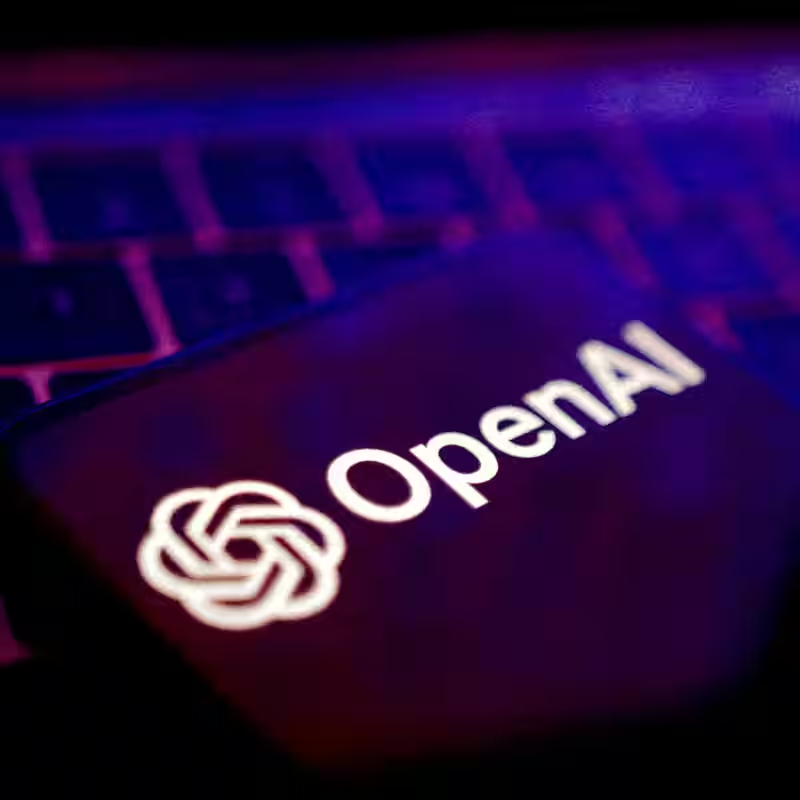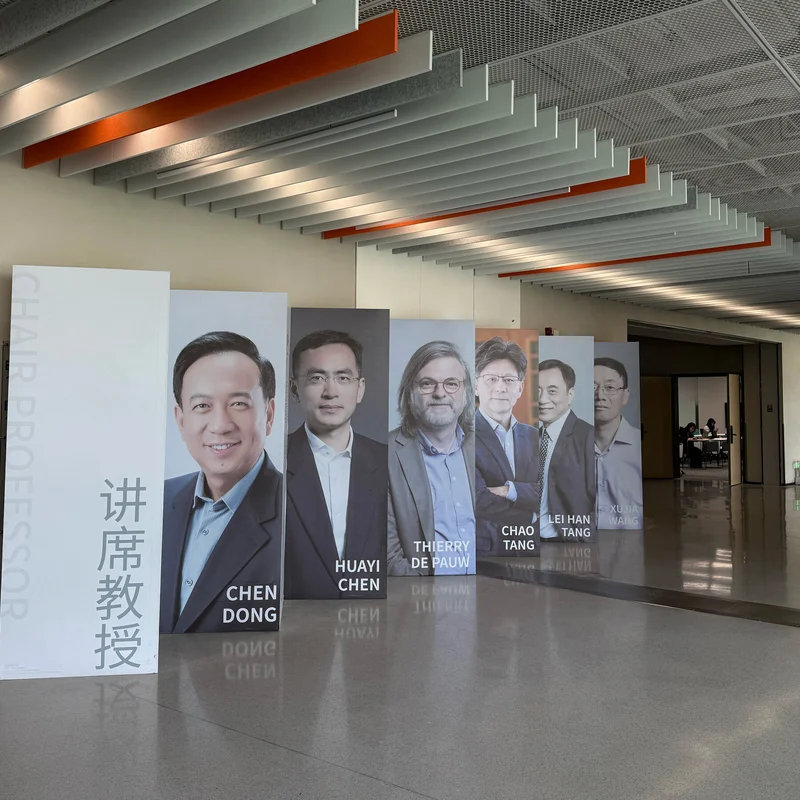The artificial intelligence gold rush is in full swing—but is the money flowing in circles? A series of high-stakes deals between tech giants like OpenAI, Nvidia, and AMD have raised eyebrows among investors and analysts alike. Critics warn that these transactions may be inflating the AI boom beyond sustainable levels, creating a financial echo chamber where companies essentially invest in each other to prop up valuations.
What’s Behind the AI Investment Spiral?
At the heart of the controversy is a recent agreement between OpenAI and AMD. In a move that blurs the lines between customer and investor, OpenAI has secured a deal that could grant it a 10% stake in AMD—not through a traditional cash investment, but by financing massive GPU purchases using contractual guarantees from AMD itself .
Essentially, OpenAI commits to buying billions of dollars’ worth of AI chips, and in return, AMD issues warrants (essentially stock options) that could translate into significant equity ownership. This isn’t a one-off: similar patterns are emerging across the AI hardware and software ecosystem, with companies using future purchase commitments as currency.
Is This Just Smart Strategy—or a Red Flag?
Proponents argue these deals accelerate AI infrastructure deployment. OpenAI, for instance, plans to deploy up to 6 gigawatts of computing power—an energy footprint rivaling small cities—to train next-gen models . Securing chip supply through equity-linked agreements ensures hardware access without draining cash reserves.
However, skeptics caution that such arrangements create a circular investment loop. When Company A “invests” in Company B by promising to buy its products—and Company B reciprocates by granting equity—it can artificially boost revenue, valuation, and market confidence without real external validation .
Breaking Down the Circular AI Economy
Here’s how the cycle typically works:
- Commitment: An AI firm (e.g., OpenAI) signs a multi-billion-dollar chip supply deal with a semiconductor company (e.g., AMD or Nvidia).
- Financing: Instead of paying cash, the AI firm uses the contract as collateral to secure warrants or equity in the chipmaker .
- Valuation Boost: The chipmaker reports a massive new customer, lifting its stock price. The AI firm gains valuable equity without spending cash.
- Repeat: Both companies appear healthier and more valuable—on paper.
Why This Matters for Investors
While these deals aren’t inherently fraudulent, they risk distorting market signals. If AI adoption slows or fails to meet revenue projections, the underlying value of these equity swaps could evaporate. As one CPA noted, “Agreements like the ones involving Nvidia and AMD are worth watching, but for now, they’re not alarming”—a cautious endorsement that underscores the need for vigilance .
Is the AI Boom Built on Sand?
The broader concern isn’t about any single deal, but the cumulative effect of dozens of similar transactions across the tech sector. If too much of the AI economy’s growth relies on internal financial engineering rather than real-world product demand or profitability, a correction could be painful.
For now, the momentum continues. Nvidia remains the dominant AI chip supplier, while AMD races to catch up with strategic partnerships like the one with OpenAI. But as the lines between customer, supplier, and shareholder blur, one question looms large: Who’s actually paying for the AI revolution?




